Originally featured in Luxury Daily
TikTok recently reduced its expected advertising earnings forecast as brands everywhere tighten their budgets — inadvertently opening up a unique opportunity for a brand to swoop in and gain market share.
Smart brands will not avoid TikTok in the downturn. They will lean in, take advantage of favorable pricing to drive conversions and ROI, and steal share from the competition.
Of course, simply spending when other brands are not, does not guarantee success. Brands need to be smart about their TikTok strategy.
Consumers are wary right now, with inflation and a potential recession ahead. And TikTok is a fickle platform — bad creative quickly gets lost in the shuffle.
To succeed, brands need new techniques to increase attention and drive engagement.
We have tested a wide variety of creative approaches on TikTok, and have found that brands have the best chance to succeed if they are set up to test and optimize quickly, design for a viral experience, and measure more than just views.
Be ready for quick, creative changes
Creative drives performance on TikTok, and boring ads quickly get swallowed up.
Brands are thrown into the same content feed as everyone else and subject to the platform's same algorithm that swiftly moves content up or down based on engagement and view rates.
If consumers do not view the creative, it disappears — fast.
Brands need to focus on creating videos that can be easily tweaked to increase longevity.
For instance, Crocs used a template video where products can effortlessly be swapped in and out without having to create an entirely new ad.
Leveraging first-party analytics, brands can make near-real-time optimizations based on performance to get back on the good side of the algorithm without having to go back to the drawing board.
Lean into the TikTok experience
Ads on TikTok cannot really feel like ads. Many brands have already figured this out, creating user-generated content ads, hiring influencers, and using music to fit into the TikTok experience.
We have seen that leaning in with entertainment or value for the audience and making the product an afterthought goes a long way towards earning higher engagement.
Proven hooks such as “life hacks” and “TikTok made be buy this” reviews show the product in action but prioritize entertainment over selling.
Additionally, to really drive performance, brands should experiment with ways to insert conversion elements into the experience to go beyond branding.
Brands can leverage interactive add-ons to create promo cards or stickers to support a strong call to action.
Rowan is a great example of this. The ear piercing and earring start-up uses eye-catching images of consumers with creative piercings with an offer for 10 percent off your first order to incorporate shopping with style inspiration.
Measure the right metrics
A challenge that brands tend to run into with TikTok is the ability to measure its effect on conversions.
In a tough economy, brands focus on performance advertising and pull back on branding.
While TikTok may instinctively seem like an easy place to cut from the budget, the right metrics can reveal how a good TikTok campaign does drive conversions.
The first step to driving conversions is to get a gauge of ad engagement by looking at either completed views, click-through rate, or “thumb-stop” rate – a custom metric that measures the ad’s ability to stop the user from scrolling.
Thumb-stop is calculated by taking the number of three-second video views and dividing it by total impressions.
After ensuring the ads are effective at grabbing and maintaining attention, brands need to use performance channels to assist with conversion measurement.
Observing shifts in different channels, such as increased Google search volume of TikTok-related keywords or increases in Meta retargeting pools with higher efficiency, can help contextualize the lift in performance that TikTok drives.
It is also important to use an attribution window that is large enough to capture conversions from the initial viral campaign rather than a last-touch attribution model.
TikTok is largely a discovery platform that piques a shopper’s interest — creating measurable research and shopping behavior on other channels such as search, the website, or shopping app.
Relying on the last touch limits an advertiser’s understanding of TikTok’s impact on conversion. TikTok’s platform is constantly evolving and working hard to deliver more performance levers.
Though its ad auction is nascent compared to Meta or Google, it is developing new features that allow brands to give greater longevity to their creative. Advertisers need to stay up to speed and open to testing these new features as they are rolled out.
For instance, TikTok’s value-based optimization targets high-quality users who are more likely to convert with a larger basket size.
The feedback loop of engagement to conversion from people who are more likely to purchase allows creative to perform longer than creative which is not driving any engagement or purchases.
TikTok is the social media platform of choice for millions of consumers. It is absolutely worth it to create a TikTok strategy that works, especially when other brands are playing it safe and missing out on potential conversions.
Using this uncertain environment as an opportunity to learn and improve will help brands become experts well ahead of their competition. When other brands do come back to TikTok, they will be far behind.


